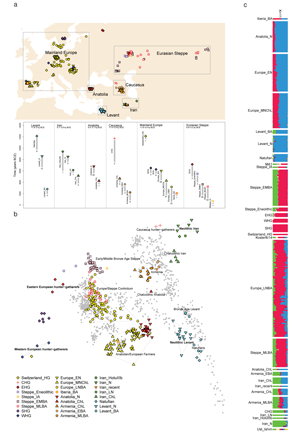I've actually used the site in World History courses before.
Most of what we figure(d) happened in the transition from the Paleolithic to the Neolithic goes back to
V. Gordon Childe.
He was the one that came up with the conception of an Agricultural Revolution and an Urban Revolution. The general thought was that the development of agriculture led to the development of almost everything else, including well well organized religions, monolithic architecture, and set holy places.
Gobekli Tepe challenges some of those assertions. As Potemkin pointed out, all indication is that it was built before the Agricultural Revolution, which doesn't fit well with the specifics that Childe pushed.
This being said, I don't think that it in any way breaks Childe's general argument though. History isn't considerate enough to be so neat and orderly once specifics are taken into account.
When does the Modern Era begin? Most historians will reflexively say it was the French Revolution.
...Which had no bearing in anyway whatsoever outside the Atlantic world.
Speaking of the Atlantic world, preceding the French Revolution was the American Revolution, and concurrent with both was the Haitian Revolution which was arguably a more dramatic change.
The Americans in their revolution largely based their notions and world view in orientation to the English Civil War, which was well before either event.
The English Civil War was the consolidation of the Protestant Reformation in Europe, which was unevenly applied in Europe for centuries and stemmed from an attempt to find an original form of Christianity...and on and on. We can see this as a general progression, but it happened differently in Germany (which didn't exist), Poland, Russia, Africa, the Middle East, and everywhere else.
Because there are deviation from the general narrative in just defining, "modern," doesn't mean that the French Revolution isn't a good general "rule of thumb," to place a conception of modernism. Just as I don't think it would be fair to say that a deviation of architecture and religion in Turkey necessarily means that we have to completely disregard Childe.
...Though it certainly complicates it (which is, in the end, a good thing).

Alis Volat Propriis; Tiocfaidh ár lá; Proletarier Aller Länder, Vereinigt Euch!




















 - By wat0n
- By wat0n